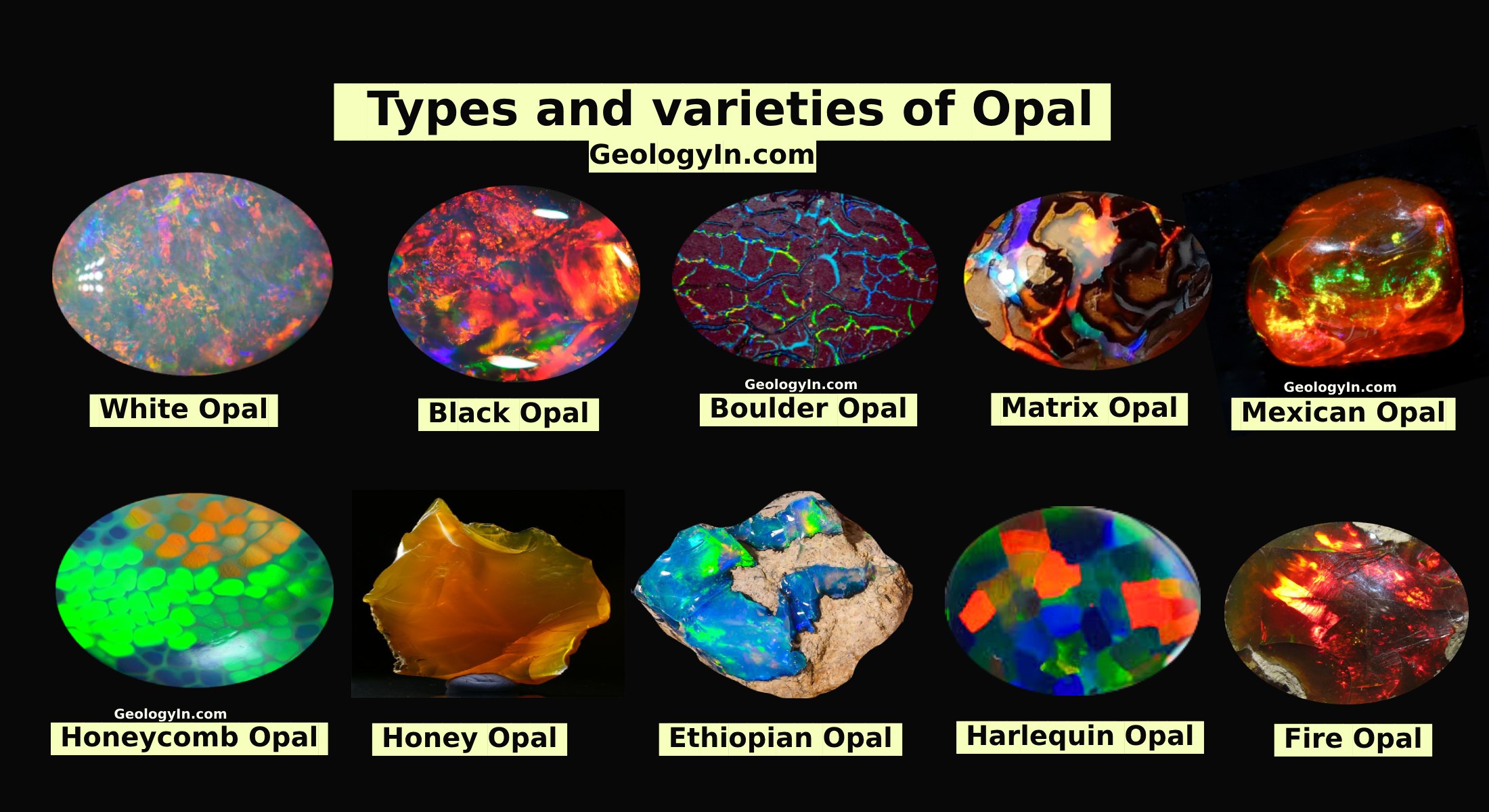Apatite Crystals
What is Apatite
Apatite is a group of phosphate minerals, usually referring to hydroxylapatite, fluorapatite and chlorapatite, named for high concentrations of OH−, F− and Cl− ions, respectively, in the crystal. The formula of the admixture of the four most common endmembers is written as Ca₁0(PO₄)₆(OH,F,Cl)₂, and the crystal unit cell formulae of the individual minerals are written as Ca₁₀(PO₄)₆(OH)₂, Ca₁₀(PO₄)₆(F)₂ and Ca₁₀(PO₄)₆(Cl)₂.
 |
| Apatite - Golconda Mine, Minas Gerais, Brazil |
Apatite is one of the few minerals that commonly occur as a primary mineral in igneous rocks, and it's also found in metamorphic and sedimentary environments. Apatite is one of a few minerals produced and used by biological micro-environmental systems. Apatite is the defining mineral for 5 on the Mohs scale.
Hydroxyapatite, also known as hydroxylapatite, is the major component of tooth enamel and bone mineral. A relatively rare form of apatite in which most of the OH groups are absent and containing many carbonate and acid phosphate substitutions is a large component of bone material.
Fluorapatite (or fluoroapatite) is more resistant to acid attack than is hydroxyapatite; in the mid-20th century, it was discovered that communities whose water supply naturally contained fluorine had lower rates of dental caries. Fluoridated water allows exchange in the teeth of fluoride ions for hydroxyl groups in apatite. Similarly, toothpaste typically contains a source of fluoride anions (e.g. sodium fluoride, sodium monofluorophosphate). Too much fluoride results in dental fluorosis and/or skeletal fluorosis.
Fission tracks in apatite are commonly used to determine the thermal history of orogenic (mountain) belts and of sediments in sedimentary basins. (U-Th)/He dating of apatite is also well established for use in determining thermal histories and other, less typical applications such as paleo-wildfire dating.
Phosphorite is a phosphate-rich sedimentary rock, that contains between 18% and 40% P₂O₅. The apatite in phosphorite is present as cryptocrystalline masses referred to as collophane.
Apatite Uses
The primary use of apatite is in the manufacture of fertilizer – it is a source of phosphorus. It is occasionally used as a gemstone. Green and blue varieties in finely divided form, are pigments with excellent covering power. During digestion of apatite with sulfuric acid to make phosphoric acid, hydrogen fluoride is produced as a byproduct from any fluorapatite content. This byproduct is a minor industrial source of hydrofluoric acid.
Fluoro-chloro apatite forms the basis of the now obsolete Halophosphor fluorescent tube phosphor system. Dopant elements of manganese and antimony, at less than one mole-percent, in place of the calcium and phosphorus impart the fluorescence, and adjustment of the fluorine to chlorine ratio adjusts the shade of white produced. Now almost entirely replaced by the Tri-Phosphor system.
In the United States, apatite derived fertilizers are used to supplement the nutrition of many agricultural crops by providing a valuable source of phosphate. Apatites are also a proposed host material for storage of nuclear waste, along with other phosphates.
 |
| Apatite - Cerro de Mercado Mine, Cerro de los Remedios, Durango, Mexico |
Gemology
Apatite is infrequently used as a gemstone. Transparent stones of clean color have been faceted, and chatoyant specimens have been cabochon cut. Chatoyant stones are known as cat's-eye apatite, transparent green stones are known as asparagus stone, and blue stones have been called moroxite. If crystals of rutile have grown in the crystal of apatite, in the right light the cut stone displays a cat's eye effect. Major sources for gem apatite are Brazil, Burma, and Mexico. Other sources include; Canada, Czech Republic, Germany, India, Madagascar, Mozambique, Norway, South Africa, Spain, Sri Lanka, and the United States.
Use as an ore mineral
Apatite is occasionally found to contain significant amounts of rare earth elements and can be used as an ore for those metals. This is preferable to traditional rare earth ores, as apatite is non-radioactive and does not pose an environmental hazard in mine tailings. However, some apatite in Florida used to produce phosphate for agriculture does contain uranium, radium, lead 210 and polonium 210 and radon. Apatite is an ore mineral at the Hoidas Lake rare earth project.
Lunar science
Moon rocks collected by astronauts during the Apollo program contain traces of apatite. Re-analysis of these samples in 2010 revealed water trapped in the mineral as hydroxyl, leading to estimates of water on the lunar surface at a rate of at least 64 parts per billion – 100 times greater than previous estimates – and as high as 5 parts per million. If the minimum amount of mineral-locked water was hypothetically converted to liquid, it would cover the Moon's surface in roughly one meter of water


%20(1).webp)






